Description: The Great Pyrenees is recognizable for its thick white coat, and its large strong body. Standing between 25 and 32 inches, in height and weighing anything between 80 and 120 pounds, with males being larger than the females. Their coat is weather resistant, with a long coarse and flat outer coat, while having a shorter and dense undercoat. They have a wide skull with flat cheeks and dark eyes above their dark nose. They have a broad and deep chest with a tail that is well feathered and can be carried low, or curled over the back. They also have dew claws, one on each front leg and on their hind legs they have double dew claws.
History: The Great Pyrenees is a French dog thought to have originated from either Asia or Siberia. Up until the time of the French revolution it was even the official dog of the royal French court. It is primarily a livestock guardian dog, and is still used for this to this day, but they have also been used as sled dogs, cart pullers, and in avalanche rescue. It is thought to be a descendant of the Hungarian Kuvasz and the Maremman Abruzzese. It is also one of the breeds which were used to develop the St. Bernard. They originally lived in the Pyrenees mountains, on the border of France, where they were used as working dogs, as they could cope with the cold temperatures there.
Temperament: The Great Pyrenees is a kind and gentle dog, though at times they can be stubborn. They are an intelligent and sensible dog. They love to be around their family and will protect the pack/family at any cost. They are an obedient dog but due to the fact they can be independent and stubborn at times, training them isn't always easy. They are good with children and get on shockingly well with cats. They are a loyal and friendly dog they can sometimes be wary of strangers and unfamiliar.
Health Issues: Like many of the large dogs, the Great Pyrenees is prone to the most common problems that all big dogs face. These include hip dysplasia, so always make sure that the dog and its parents have been officially checked, bloat (this is where their stomachs twist causing gas to build up and can be fatal if immediate medical attention is not sought). They can also suffer from bone cancer and luxated patellas, in very hot or tropical conditions they can also develop skin problems. Their average life expectancy is around 10 years.
Grooming: To keep a Great Pyrenees looking its best it will need to be brushed regularly, they can shed all year round, but shed heavily once a year. During this time even more attention will be needed. Although their coat does not generally matt, any burrs or debris caught in the hair can cause matting so it's important to check them regularly. They should only be bathed when necessary and a dry shampoo would be better if more regular bathing is required. It's also important to thoroughly brush their undercoat to remove any loose or dead hairs.
Living Conditions: All in all the Great Pyrenees prefers colder climates, it's where they were designed to live. However, they will cope, as long as the weather isn't too hot. They are not suited to apartment life. Although they can appear inactive indoors they need to have space to roam. They are best suited to somewhere with a large garden, and with a family that can give them lots of exercise, a least one long walk a day.

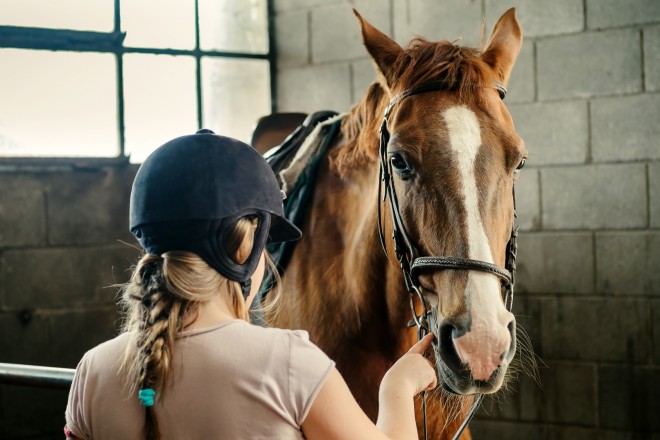 Tips On How To Save Money When Competing With Your Horse
Tips On How To Sa
Tips On How To Save Money When Competing With Your Horse
Tips On How To Sa
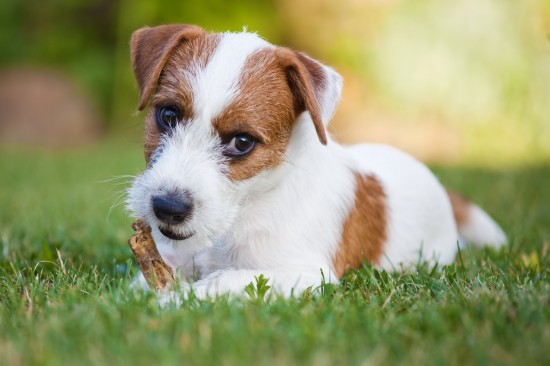 What To Look For In A Quality Parson Russell Terrier
What To Look For
What To Look For In A Quality Parson Russell Terrier
What To Look For
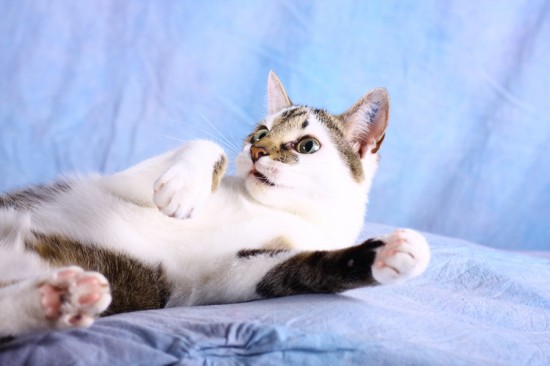 Cat Behaviour Explained
Cat Behaviour Exp
Cat Behaviour Explained
Cat Behaviour Exp
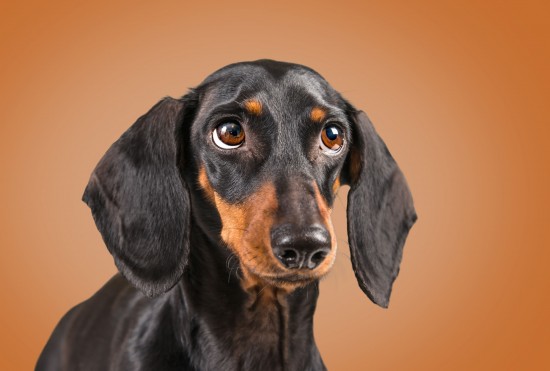 Eight Communicable Dog Diseases To Be On The Lookout For
Eight Communicabl
Eight Communicable Dog Diseases To Be On The Lookout For
Eight Communicabl
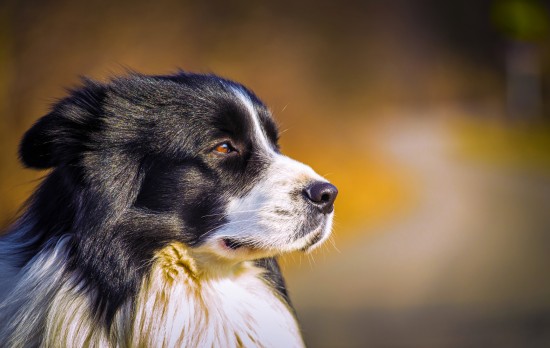 What Is Systemic Lupus Erythematosus In Dogs?
What Is Systemic
What Is Systemic Lupus Erythematosus In Dogs?
What Is Systemic